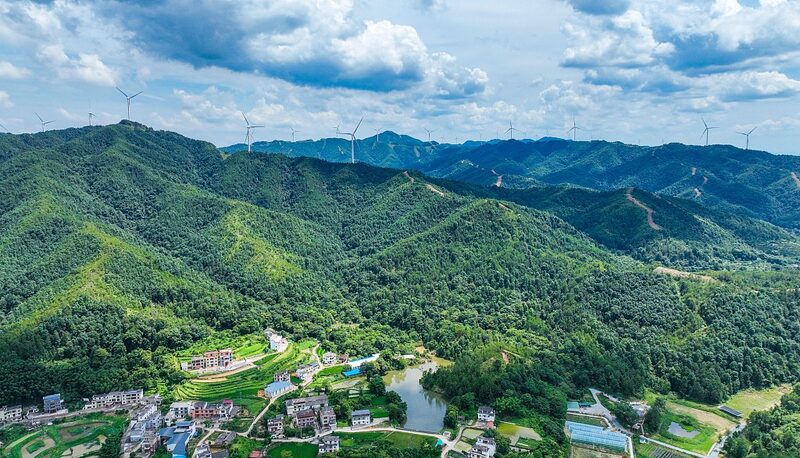On November 8, 2024, the Chinese mainland enacted its first comprehensive energy law, marking a significant milestone in the nation’s pursuit of sustainable development and environmental stewardship. Set to take effect on January 1, 2025, the new law establishes a solid legal foundation for China’s long-term energy strategy, aiming to achieve dual carbon goals and promote high-quality economic growth.
The enactment of this law comes at a critical time, as China addresses growing domestic energy demand and environmental challenges, while seeking to enhance its role in global energy governance. The law is designed to provide a robust framework that integrates various stakeholders, including government bodies, enterprises, regulators, and consumers, in a concerted effort to transform the country’s energy landscape.
Aligning with Global Energy Trends
Globally, energy laws are pivotal in shaping policy directions and addressing regional priorities. While the United States focuses on energy security, pricing, and industrial competitiveness, the European Union prioritizes climate action and green growth, and Australia emphasizes safeguarding its energy supply. China’s new energy law shares similarities with these frameworks, addressing critical areas such as energy security, market regulation, and green transformation.
However, China’s approach stands apart with its broad institutional declaration and long-term orientation. The law leaves room for detailed implementation through subsequent regulations and policies, demonstrating strategic foresight and flexibility. This approach allows China to adapt its energy governance in a rapidly evolving global landscape, while maintaining a stable framework for long-term planning.
Government Oversight and Market Regulation
The energy law provides a clear legal framework for government energy planning and oversight. It mandates the central government to set sector-specific and regional energy development goals, requiring local governments to align their policies with national strategies. Local authorities are tasked with promoting clean energy projects, ensuring a secure and environmentally friendly energy supply, and adjusting regional energy structures to reflect local conditions.
Moreover, the law enhances regulatory oversight across every stage of the energy industry—from production and distribution to consumption and storage. By aiming to reduce natural monopolies, strengthen market stability, and improve emergency response mechanisms, the law seeks to ensure smooth market functioning and fair competition.
Driving Green Transformation
On the supply side, the law emphasizes energy structure optimization. Coal is redefined as a foundational energy source, with a focus on efficiency and cleaner usage. Renewable energy development receives continued support through tax incentives, subsidies, and innovation encouragement. Notably, hydrogen energy is included for the first time in China’s energy management system, highlighting the country’s commitment to diversifying its energy mix.
On the demand side, the law actively promotes renewable energy consumption. Policies such as minimum consumption ratios for renewables and green power certificates incentivize enterprises and consumers to adopt clean energy solutions. These measures aim to accelerate the green transformation from both supply and demand perspectives, fostering a more sustainable and environmentally friendly energy ecosystem.
Looking Ahead
China’s comprehensive energy law represents a significant step toward achieving its ambitious environmental and economic goals. By establishing a flexible yet robust legal framework, the nation is poised to navigate the challenges of a rapidly changing energy landscape and enhance its role in global energy governance. The law’s implementation is expected to drive innovation, encourage sustainable practices, and solidify China’s commitment to a greener future.
Reference(s):
China's energy law promotes green transition, global energy governance
cgtn.com





